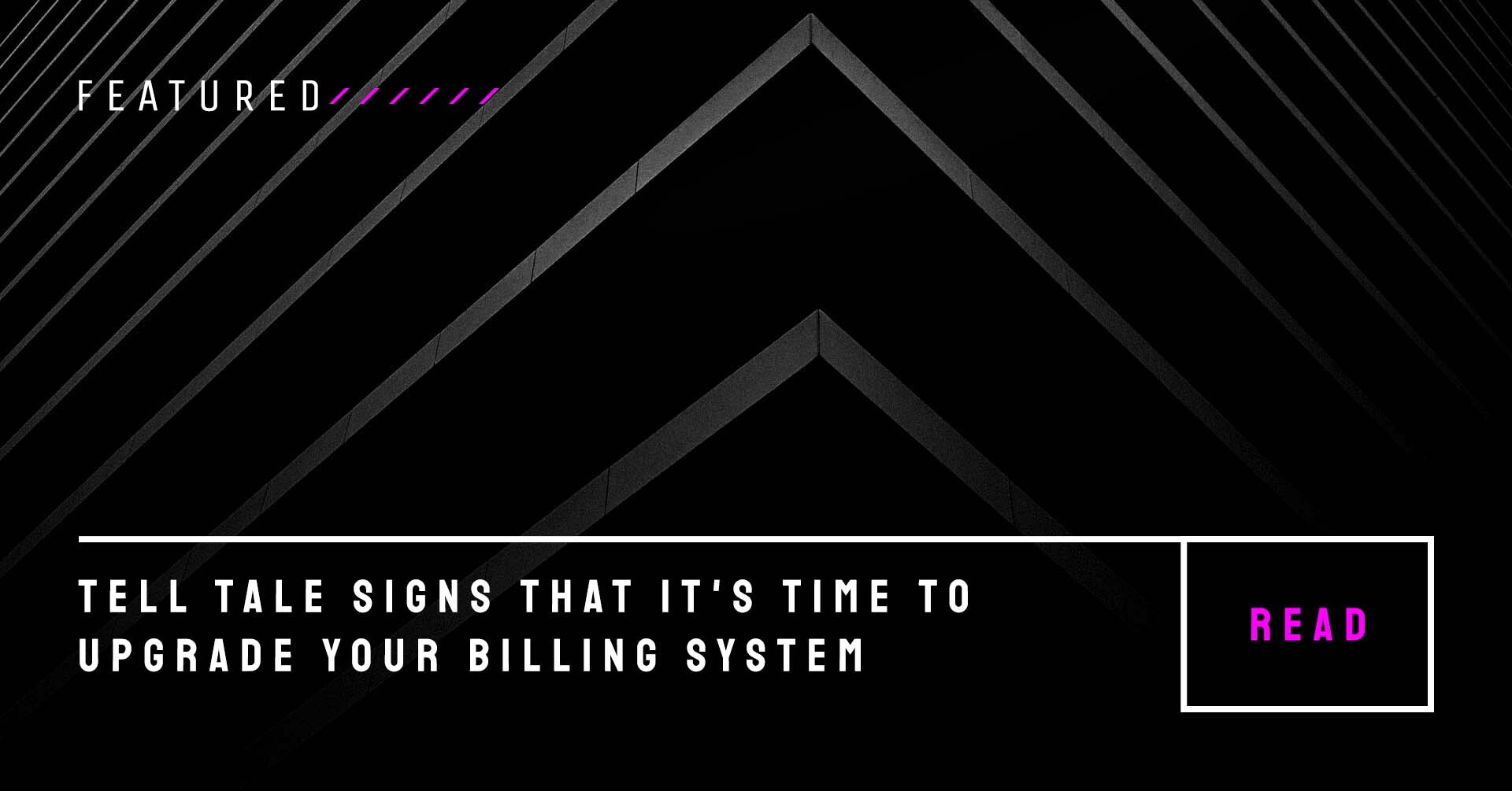
The enterprise ecosystem is on the brink of a transformative explosion with projections of 40 billion connected devices by 2025. This growth is reshaping the service provider landscape, necessitating consolidation and network convergence, and demanding unprecedented granularity and flexibility in service offerings.
For Communication Service Providers (CSPs), taxation is a crucial element of their monetization strategy. As Benjamin Franklin famously said, “In this world, nothing can be said to be certain, except death and taxes.” The complexity of tax regulations requires automated systems to manage efficiently.
The digital landscape is shifting dramatically with the Internet of Things (IoT) at the forefront, projecting to connect 40 billion devices by 2025. As service providers face a convoluted marketplace with increasing consolidation and network convergence, the need for sophisticated monetization tools becomes crucial.
The Internet of Things (IoT) has surged dramatically in recent years, becoming one of the most hyped, discussed, and anticipated technologies. As this excitement continues, the inherent value and potential of IoT are becoming increasingly evident. Meanwhile, traditional telecom models are growing outdated and less profitable, prompting significant changes in the telecom and technology industries. New players are entering the market, challenging established leaders
The Usage Economy has arrived—and companies that aren’t driving or adapting to the changing business landscape are going to be left in the dust. Usage-based transactions (or usage-based billing), as the name suggests, are centered around customers paying for what they use. If you subscribe to a cell phone plan, consume Amazon Web Services, use an avalanche beacon from Garmin, or pay a utility bill, you’re familiar with usage-based economics.
The state of an IoT SIM significantly impacts monetization and business operations. Here's how to navigate this complexity effectively.
A billing system migration process does not have to be as hard as people are making it. It’s typically one of the riskier projects a company will embark on - and hopefully, only go through it once - but it can be easier.
Revenue from licensing fees has long been a staple for enterprises. Recently, recurring billing models have driven greater revenue compared to traditional one-time payments.
Initially, customers welcomed subscriptions with flat monthly fees for core features. However, they now demand higher perceived value and are reluctant to pay for subscriptions they rarely use.
As a SaaS business owner, you want to charge premium rates for your products or services. To justify these prices, you must demonstrate that your product offers more value than the competition.
Recent forecasts by Fortune Business Insights predict the global Internet of Things (IoT) market size to grow from $714.48 billion in 2024 to $4,062.34 billion by 2032, at a CAGR of 24.3%. This growth underscores IoT's pivotal role in shaping industries, particularly through smart metering in the utility sector.